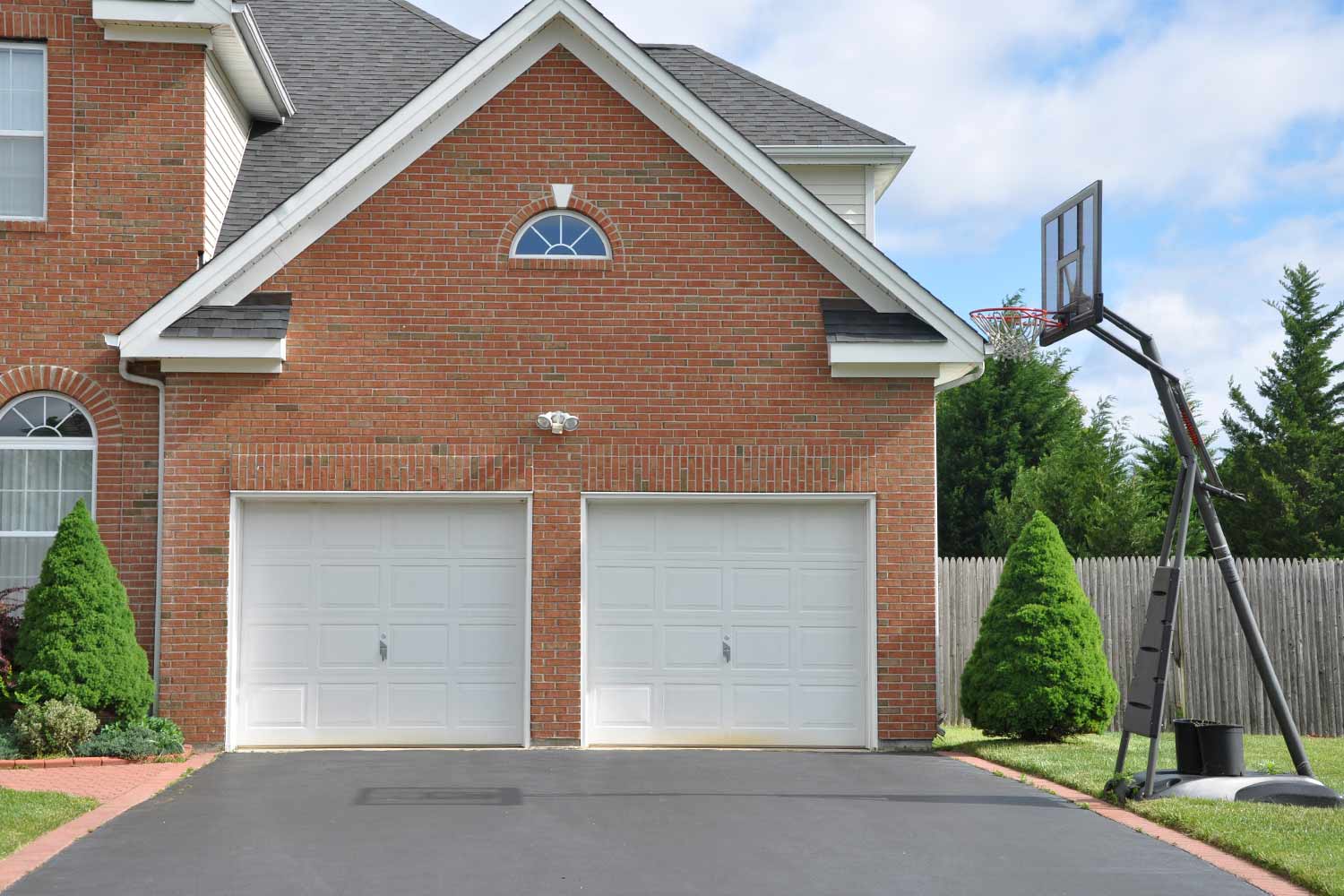
Unsure who to hire to test for lead paint? Learn whether to call a lead testing specialist or contractor and what to expect.



To measure the right size for a pet door, start by measuring your largest pet. The flap should be at least one inch taller than your tallest pet and at least two inches wider. It's also important to measure the step-over, which should be no more than one-third of your pet's height from the floor to the back.
Pet doors are safe when you implement proper security measures. Opting for models with locking covers or electronic controls—such as microchips or collar-activated sensors—enhances safety by ensuring only your pet can use the door. These features are especially valuable if you have young children or want to prevent stray animals and intruders from entering your home.
Pet doors can affect your energy efficiency by allowing outside air to enter and affect the temperature in your home. You can minimize this impact by choosing a high-quality, insulated pet door that's properly sealed and weatherproofed. Investing in energy-efficient models helps maintain indoor temperatures while giving your pet the freedom to come and go.
From average costs to expert advice, get all the answers you need to get your job done.

Unsure who to hire to test for lead paint? Learn whether to call a lead testing specialist or contractor and what to expect.

Learn how to find and hire a handyman you can count on with this handy guide.

Learn how to find and hire painters, plus 10 questions you should always ask before choosing a pro.

Learn our top tips for finding and hiring an electrician you can count on!

Wondering who removes basketball hoops? Learn which pros to call, how they do it, and average basketball hoop removal costs so you can plan your project.

Use this guide to discover awning repair costs based on factors such as parts prices, labor, replacement costs, awning type, and more.